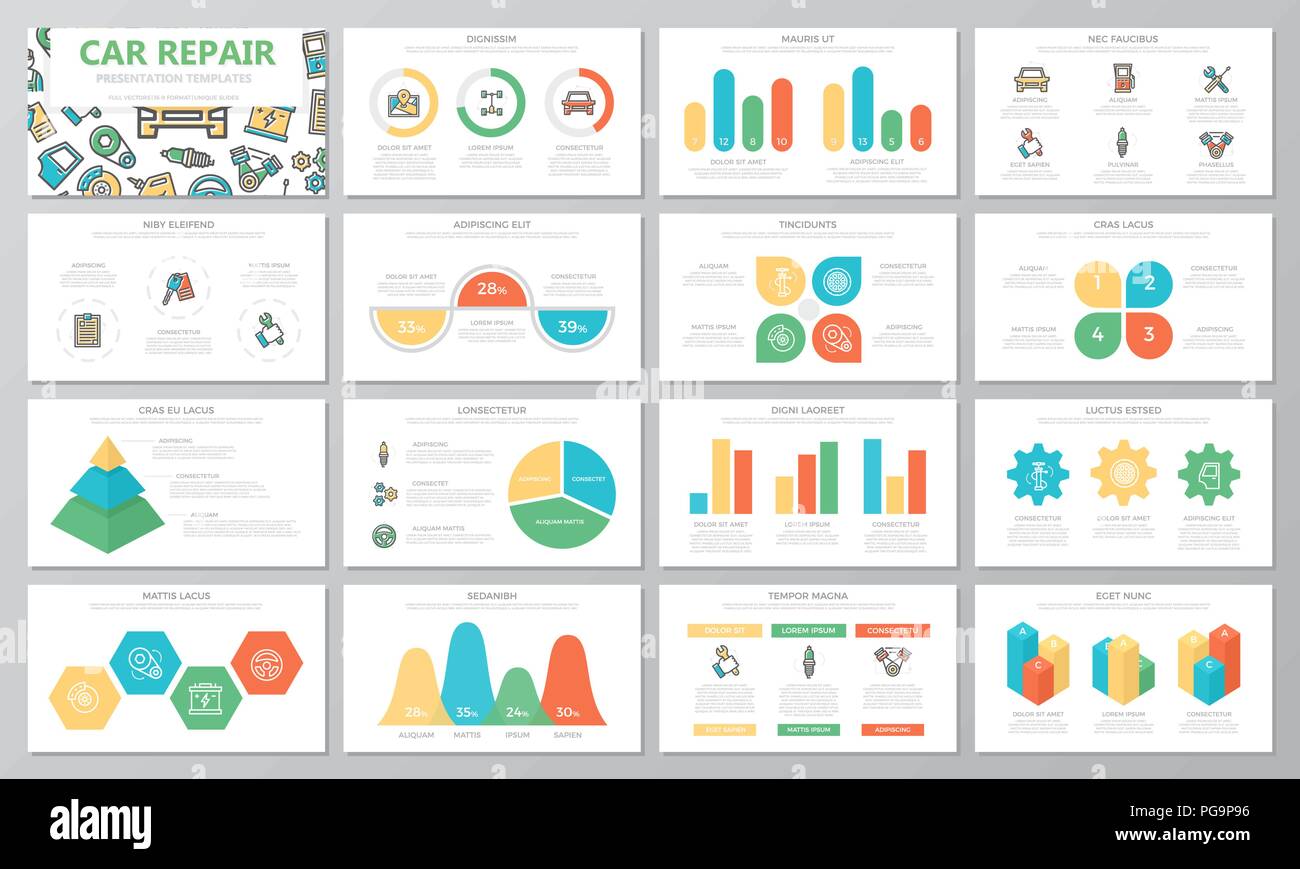When you lag the wheel, those beautiful warning lights on your control panel can be a bit difficult. Do you know what they're trying to tell you regarding your vehicle's health? Understanding the value of these lights is essential for your safety and the durability of your lorry. So, the following time one of those lights appears, would not you want to understand its message precisely and take the essential actions to address it?
Common Warning Lights and Interpretations
Determine usual caution lights in your vehicle and comprehend their significances to ensure secure driving.
https://edgarwrlgz.blogdeazar.com/31340652/a-comprehensive-source-for-locating-trustworthy-automobile-fixing-providers-near-you of the most normal caution lights include the check engine light, which indicates issues with the engine or emissions system. If this light begins, it's important to have your vehicle examined immediately.
The oil stress warning light indicates low oil stress, requiring prompt interest to stop engine damage.
A blinking battery light may recommend a malfunctioning charging system, potentially leaving you stranded otherwise dealt with.
The tire pressure tracking system (TPMS) light notifies you to low tire stress, influencing car stability and gas performance. Neglecting this could lead to hazardous driving problems.
The abdominal muscle light suggests an issue with the anti-lock braking system, compromising your ability to stop rapidly in emergency situations.
Lastly, the coolant temperature level cautioning light warns of engine overheating, which can result in extreme damage otherwise resolved promptly.
Comprehending these usual caution lights will certainly aid you resolve problems quickly and keep secure driving conditions.
Significance of Prompt Interest
Recognizing the typical caution lights in your car is just the initial step; the value of quickly resolving these warnings can't be highlighted enough to ensure your security when driving.
When a caution light brightens on your dashboard, it's your vehicle's method of connecting a prospective issue that needs attention. Ignoring these warnings can cause more extreme troubles down the road, compromising your security and potentially costing you extra in repairs.
Trigger attention to warning lights can avoid breakdowns and crashes. As an example, a flashing check engine light could indicate a misfire that, if left neglected, could create damages to the catalytic converter. Resolving this promptly can conserve you from an expensive repair work.
Likewise, a brake system alerting light might signal low brake liquid or used brake pads, critical elements for your security when driving.
DIY Troubleshooting Tips
If you discover a caution light on your dashboard, there are a few do it yourself troubleshooting suggestions you can attempt before looking for professional help.
The initial step is to consult your auto's handbook to understand what the specific warning light suggests. Sometimes the issue can be as basic as a loosened gas cap activating the check engine light. Tightening the gas cap may fix the trouble.
One more typical concern is a low battery, which can trigger various alerting lights. Inspecting the battery connections for corrosion and guaranteeing they're secure could repair the issue.
If a caution light persists, you can try resetting it by separating the cars and truck's battery for a few mins and after that reconnecting it. Additionally, examining your automobile's liquid levels, such as oil, coolant, and brake liquid, can aid troubleshoot warning lights related to these systems.
visit the next document , understanding your auto's warning lights is necessary for keeping your lorry running efficiently and safely. By immediately attending to these signals and understanding what they imply, you can stay clear of expensive repair services and potential malfunctions.
Bear in mind to consult your car's manual for particular details on each alerting light and take action accordingly to ensure a hassle-free driving experience.
Keep educated, remain secure when traveling!
